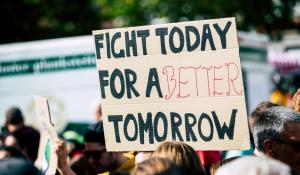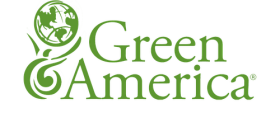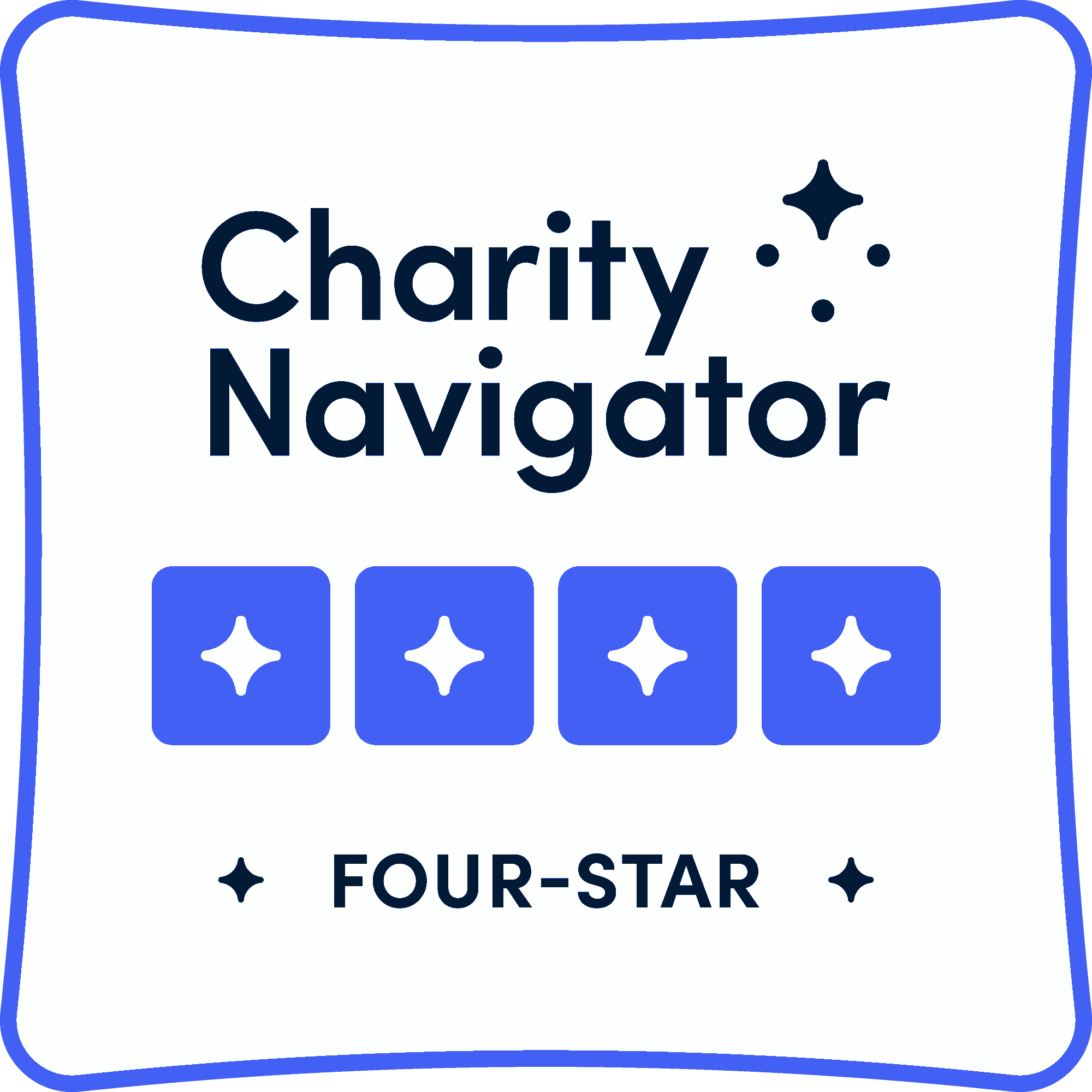
Diversity, Equity, and Inclusion are fundamental to creating a truly just and sustainable world. The Civil Rights Era brought greater equity and justice to the U.S. over half a century ago—but the new administration is determined to dismantle that progress.
In this issue of Green American, we present the moral and business cases for diversity, equity, and inclusion (DEI) initiatives—as well as what these concepts look like in practice and what they’re meant to achieve.
Diversity, Equity, and Inclusion Are Tools
DEI programs and policies aren’t just philosophical concepts—they’re tools to help organizations, institutions, and businesses achieve more just, fair, and accessible practices that work regardless of changes in leadership or political alliances. They operate as safety nets because no matter how well-intended people might be, we all have different experiences that may shape our decisions and perspectives in harmful ways we’re not always aware of.
Diversity asks us to be aware of who is in the room and what that means for the perspectives being shared and those that are missing.
Equity is about more than equal treatment—it means understanding both the barriers and advantages people have faced to be even considered for entry into that room, including an organization’s own history of discriminatory practices, as well as the impacts to communities who have been discriminated against historically.
Inclusion merges our awareness of who is (and isn’t) in the room and what they’ve likely experienced so that policies and practices can be implemented to ensure a sense of belonging, safety, and welcome.
Let’s apply these principles to a simple analogy. I’ve decided to buy lunch for everyone in my organization, regardless of who they are, how they identify, or the role they hold at the organization. By asking each person about their dietary preferences without judgement, I ensure the provided meal will meet their specific needs. Finally, my invitation to lunch is tailored in a way that communicates how everyone is welcome to attend, underscoring the nonjudgmental way people were asked about the food they can eat and how reflecting those choices help them feel valued as people, not just placeholders on staff.
In short, DEI takes a holistic view of who is part of a business or organization and how historically discriminatory practices in both public and private sectors have shaped who’s been included and excluded, so that real, lasting changes can be made to ensure the implementation of more just and equitable practices moving forward.
Direct Action, Not Just Declarations
Treating humans with respect and care is how we build affinity, loyalty, and involvement within diverse communities. Any good marketing professional can attest that those three traits are the gateway to major profits. And people know when those overtures are merely performative, not transformative … just ask Target.
When companies make press statements about “hearing concerns of discrimination in the workplace” but don’t change how employees are hired or advanced in their careers, people notice. When organizations create new “diversity-focused roles” but fail to provide the people they’ve hired with support and resources to do the job, we see that as a set-up. And when companies prominently feature Black, disabled, queer, and other marginalized folks in their ad campaigns but don’t bring marginalized-owned businesses into their supply chains or pay workers living wages, we recognize that as tokenism.
Those half-baked approaches only further prime the public to take a cynical view of DEI, in which people and organizations only support DEI initiatives for appearances. And underlying it all is the implication that if DEI is “just for show,” then anyone hired or appointed in part because of DEI-influenced practices is inherently unqualified unless otherwise proven.
But when implemented correctly, these programs help create real, lasting changes that dismantle discriminatory policies and cultures in practice, not just as a vague set of principles. In doing so, hiring, promotion, and the provision of support and resources are more likely to be based on fair recognition of merit and potential. In short, DEI ensures justice.
It’s About Quality AND Quantity
The idea that DEI means “choosing diverse applicants (people who aren’t white, men, straight, able-bodied, etc) over qualified applicants” is an age-old lie at the heart of the opposition to DEI. Having these practices shape how we decide who to hire, award grants to, or accept into a coveted program has never meant automatic approval for applicants from marginalized backgrounds. What they do mean is that we can’t ignore how biases and prejudices—whether we’re aware of them or not—have influenced who has historically been granted or denied access to opportunities and resources to build safe and healthy lives as valued members of our communities and then changing our practices to do better.
It asks us to reconsider what we think of as “the right qualifications” for a job or what we mean by “the right culture fit” for an organization to ensure that our candidate pools are diverse in identifying characteristics, skill sets, and personal, academic and professional experience. Because it’s not just marginalized people whose lived expertise is shaped by our identities. No one’s identity is negative—all of us can contribute to society.
DEI holds us accountable to make sure folks are given an equitable chance to fulfill the requirements during their application and interview process. It means candidates’ skills and qualifications are assumed from the get-go and that they are considered holistically, not just as a potential tick in a list of identities.
Those of us from underrepresented populations are all too familiar with the stigma that comes with being successful and different. Too many people still believe we haven’t earned our achievements and don’t acknowledge how hard we work to keep them at all. We battle both individual slights and discriminatory policies while our voices aren’t always heard or respected—sometimes our work is even stolen, and we’re left with little recourse for compensation, credit, or justice.
No matter what detractors claim, DEI has never meant giving someone something they have not earned simply because they are marginalized in some way. Nor has it made us worse off as a country—the simple truth is that when marginalized communities have the chance to succeed, we all benefit from the diversified talent pool and visions of leadership.
This is why, at Green America, we choose to call our DEI mission JEDI—standing for Justice, Equity, Diversity, and Inclusion. Because through all our programs—every initiative, every policy, and every action—the goal is always justice. We seek meaningful transformation that addresses the systemic inequities of our society and develops pathways for all people to thrive on a healthy planet.
As you explore the stories and insights throughout this issue, we hope you will be inspired to advance justice in your own communities, social groups, and workplaces. The challenges ahead will require all of us working together.
As we like to say at Green America, the JEDI force isn't just with us—it is us, collectively creating the better future that is possible for all people.







